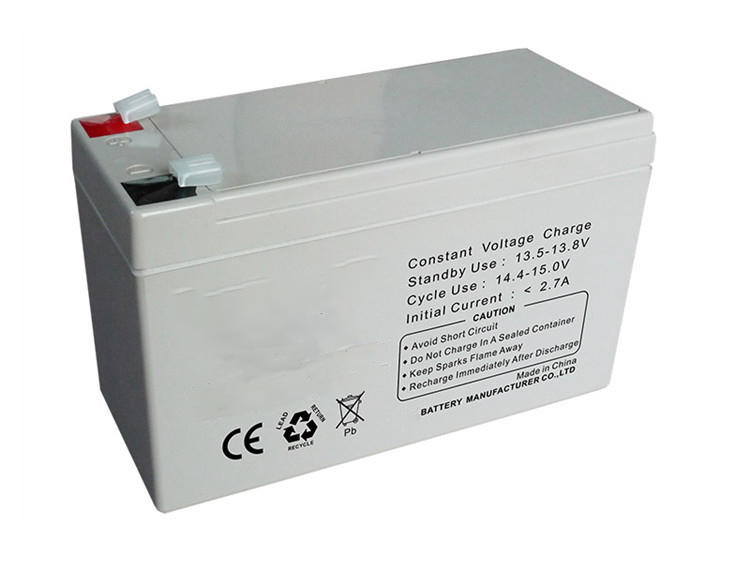The electrolyte in lead-acid batteries is a solution of sulfuric acid (H2SO4) and water (H2O). This solution is typically referred to as “battery acid.” The sulfuric acid dissociates in water to form hydrogen ions (H+) and sulfate ions (SO4^2-). These ions are responsible for the chemical reactions that occur during the discharge and recharge cycles of the battery.
The proportion of sulfuric acid to water in the electrolyte is important for the performance and longevity of the battery. The ideal proportion is typically around 35% sulfuric acid and 65% water by weight. This ratio is important for maintaining the proper specific gravity of the electrolyte, which is a measure of the concentration of sulfuric acid in the solution. The specific gravity of the electrolyte is typically measured using a hydrometer, and it should be within a certain range (typically around 1.265 to 1.275) for the battery to operate properly.
It’s important to note that adding water to the electrolyte will dilute the sulfuric acid, which can lower the specific gravity. If the specific gravity is too low, the battery may not be able to deliver its full capacity, and it may also be more prone to freezing in cold temperatures. On the other hand, adding too much sulfuric acid can increase the specific gravity beyond the recommended range, which can also affect the battery’s performance and longevity.
To maintain the proper proportion of sulfuric acid to water in the electrolyte, it’s important to periodically check the specific gravity of the electrolyte using a hydrometer and add water or sulfuric acid as needed to bring it within the recommended range. It’s also important to use distilled water when adding water to the electrolyte, as impurities in tap water can affect the battery’s performance and longevity.


